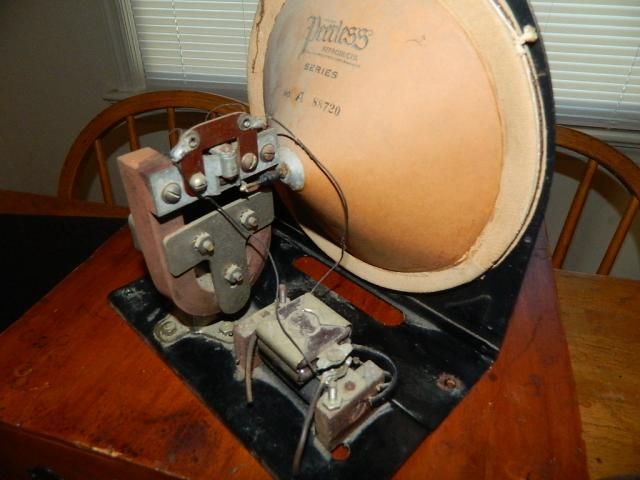vintagelove
Well-known member
- Joined
- Oct 26, 2013
- Messages
- 147
Hello and thanks for taking a look. These were in the collection of a friends uncle who passed away. He was an electronics guys who worked with lots of stuff. Unfortunately, that means these could be anything. So I come to the experts, hopefully an old timer can tell me what these are, I have a pair. As you can see they have an 1/4in jack attached to the coil? inside. Also they silver part (maybe more as well, appears to be magnetized. Thanks again for taking the time to look. Take care.







